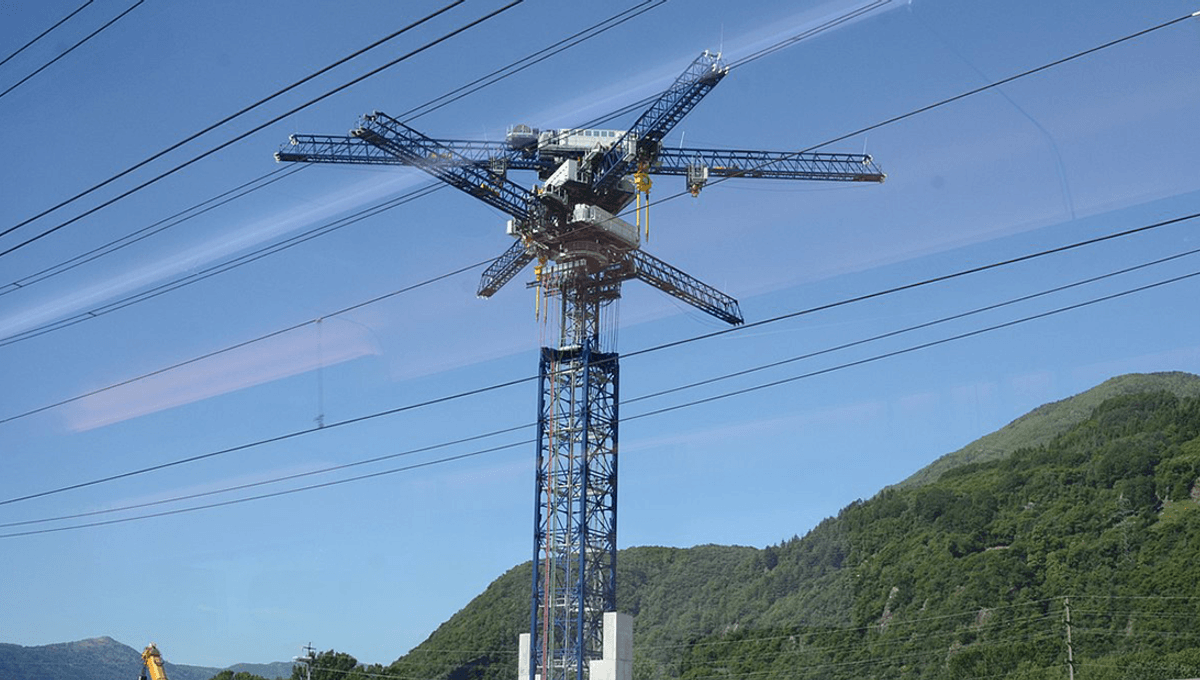
As we move away from powering our civilizations with the ancient remains of not dinosaurs, we will have to overcome a few teething problems.
One is that renewable sources don’t necessarily generate electricity at the precise point that we need it (the wind doesn’t know – or doesn’t care – to blow extra hard when everybody is watching the Super Bowl, for example). On particularly windy or sunny days, too much electricity can be generated, leading to a situation where consumers are paid to consume electricity rather than overload the grid. But power that isn’t used becomes lost.
A more favorable solution is, of course, to store this energy for later use. Storing this in conventional batteries, say lithium-ion batteries, poses more environmental problems due to the way lithium is mined, even before we look at problems like losing capacity as the batteries are used.
One solution, already widely used, is to convert the power generated by renewable sources into potential energy for later use. Going back to 1907, at the Engeweiher pumped-storage hydroelectricity plant in Switzerland, we have used “gravity batteries” to do this.
The idea is actually pretty simple, but nonetheless effective. During times when energy sources are producing more energy than the demand, the excess energy is used to pump water upwards into reservoirs, turning it into potential energy. Releasing the water into another lower reservoir releases this energy, which can be harnessed by passing the water through hydroelectric generators.
The idea has also been dubbed a “water battery”, in that the energy is “stored” as water, just at a slightly higher altitude than it was previously. While the efficiency isn’t perfect, it is far, far better than letting the excess power go to waste.
“There are losses like any storage, but the yield is very good,” director of the Nant de Drance Hydropower Plant, Alain Sauthier, told Reuters when the plant became operational. “We have about 80 percent efficiency over the complete cycle.”
“In less than 10 minutes we can reverse the direction of rotation of the turbines and switch from electricity production to storage,” Sauthier added to Swissinfo. “Such flexibility is key in order to react promptly to the needs of the electricity grid and adapt electricity generation and consumption. Otherwise, you risk a collapse of the grid and blackout”.
Similar gravity batteries can be created by moving weights up and down abandoned mines, shifting sand upwards when there is an excess of power and dropping it down again when supplies are low using a process known as regenerative braking. As challenging as moving to renewable energy may be, involving the rush towards fusion technology, at least part of the problem is as simple as moving some objects upwards and then letting them plummet to the ground again later on.
Source Link: What Are Gravity Batteries, And How Can They Help Solve Our Energy Storage Problems?